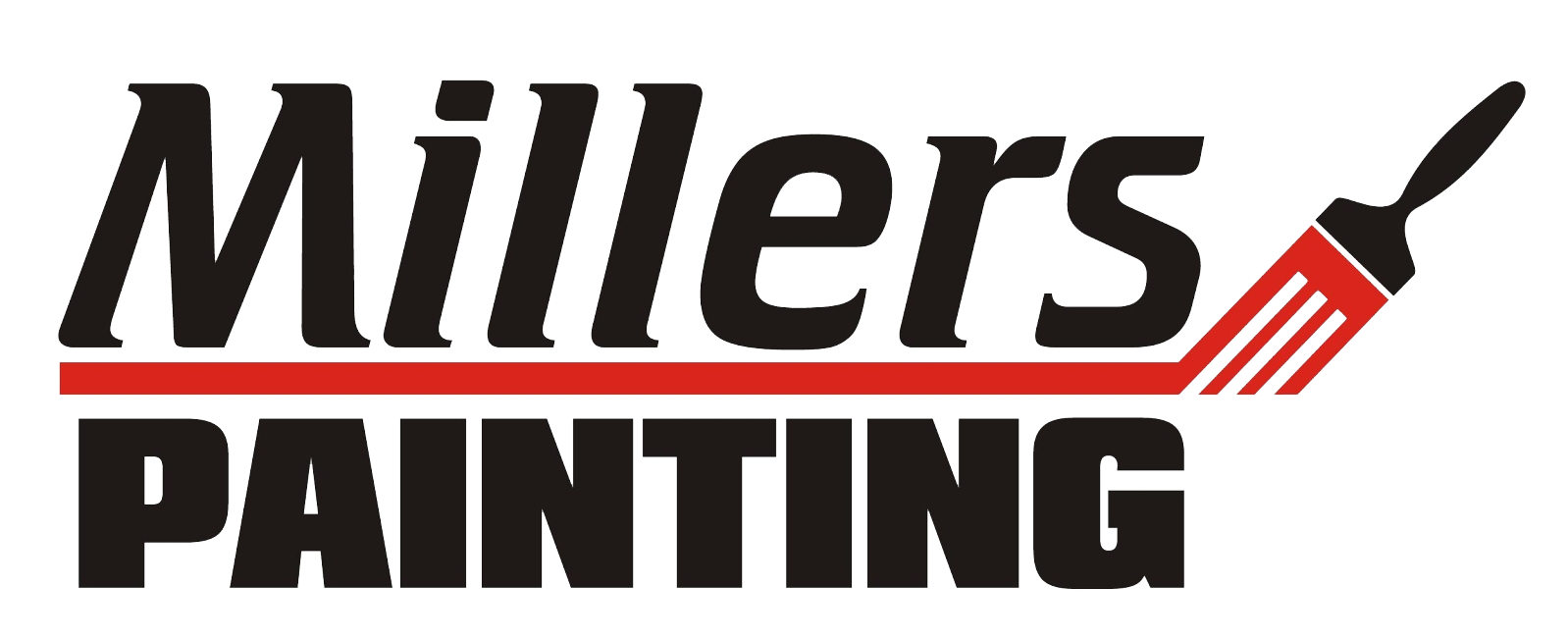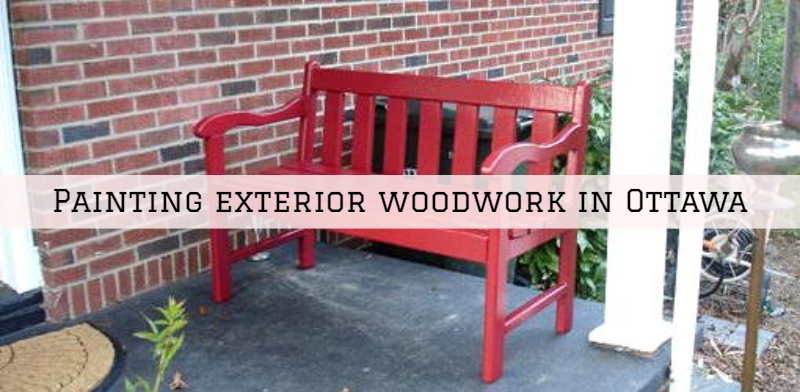Painting exterior woodwork in Ottawa, Ontario
There is an essential difference between interior and exterior woodwork paint when it comes to painting for woodwork.
Using the wrong paint can, in fact, have the opposite effect. So are you planning to paint exterior wood? Here is a little help;
Painting wood on the outside or inside: the difference
Wood paint used for the interior should be easy to maintain and preferably resistant to wear and scratches. This wood must be well covered with a suitable lacquer resistant to scratches.
For exterior wood, it is exactly the opposite. The wood reacts to weather conditions. It works, shrinks, and expands.
The paint for exterior wood must therefore be flexible and elastic. Can you use interior wood paint on the exterior? After a while, you may see cracks appear in the structure of the paint.
Paint for Exterior Woodwork: Choose the Right Product
As with other paints, in woodwork paint, you have the choice between water-based and solvent-based products. Let’s walk you through the pros and cons of each kind.
Water-based paint
This type of paint has had great success over the past 10 years. It is extremely stable and ages gracefully. It retains its shine, suppleness, and color longer, which can be important with a red or dark blue (which often fade after a while).
Since these paints are water-based, you will need good weather conditions to use them. Preferably, do not apply them in direct sunlight or a strong wind as they dry out much too quickly. Water-based paints are more delicate to use, so be mindful of the weather.
Solvent-based paint
The great advantage of this type of paint is its ease of use also in hot weather. It does not dry as quickly as an aqueous phase product. Result: your treatment time will be longer, and you will obtain a nice and smooth structure.
Note also that solvent-based paint can give off a very strong odor.
Most of the time, it contains a white spirit and is, therefore, neither very healthy nor very pleasant.
Under the effect of sun and rain, these paints deteriorate faster than water-based paint. They become duller, and their color fades.
Take the duct tape test.
Do you know the duct tape test? This allows you to check if the oil paint layer you want to cover is still in good condition.
How to do it? Firmly apply a few inches of tape to the paint, then remove it.
If the paint comes off and sticks to the adhesive tape, your surface is no longer good. Remove old layers of paint by sanding them carefully. Dust thoroughly, and then apply a primer.
If your old coat of paint passes the duct tape test (nothing comes off), you can easily continue working and apply a coat.
However, it is advisable to sand and dust well before starting to obtain a quality result.
Other Points to Note
Be sure to paint with the correct brushes. If you opt for the solvent-based paint, use the classic brushes made from Chinese hog bristles.
For water-based paints, prefer synthetic brushes instead; otherwise, you risk getting too many streaks in the paint.
Also, use enough paint. The more paint you use, the more time you will have to apply it beautifully.
Bottom Line
As you can see, choosing the right paint for exterior woodwork is not as obvious as it seems at first glance.
Choosing interior paint and paint colors can be fun and a little intimidating at the same time.
But don’t worry, if you haven’t made up your mind yet, our team at Millers’ Painting Company can help.
We offer free color consultancy alongside high-quality residential and commercial painting services in Kanata, Nepean, Barrhaven, and Westboro areas of Ottawa, Ontario.
To get started with us, book a FREE estimate or call us on 613-979-5435.


Recent Comments